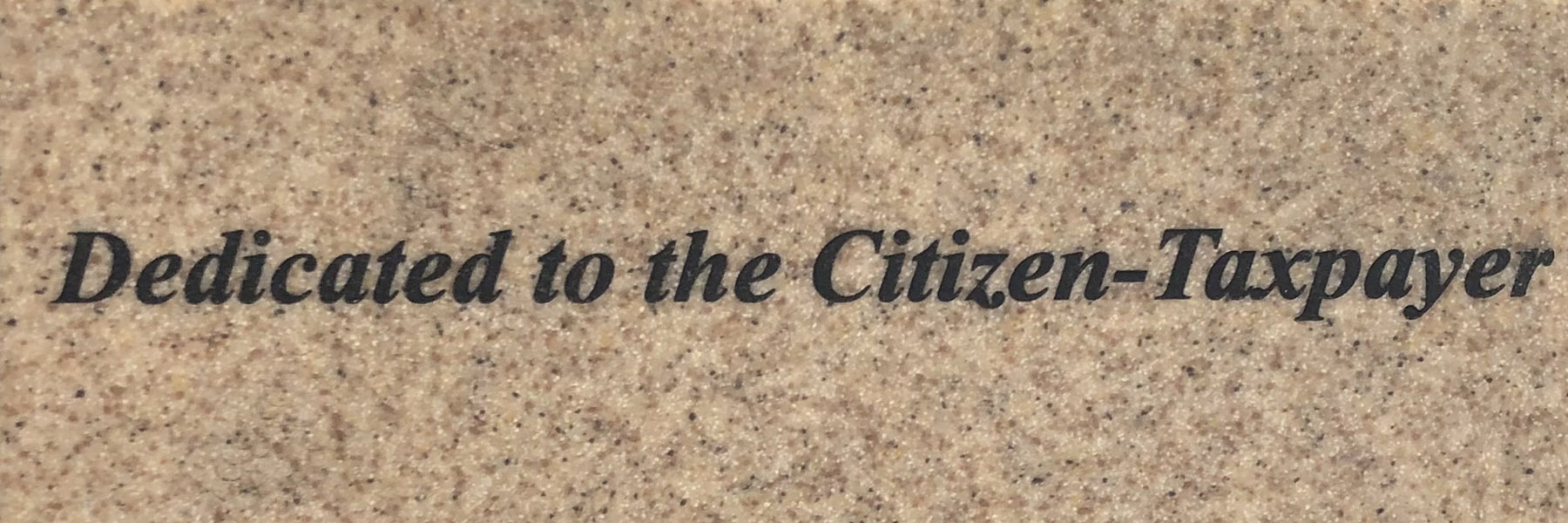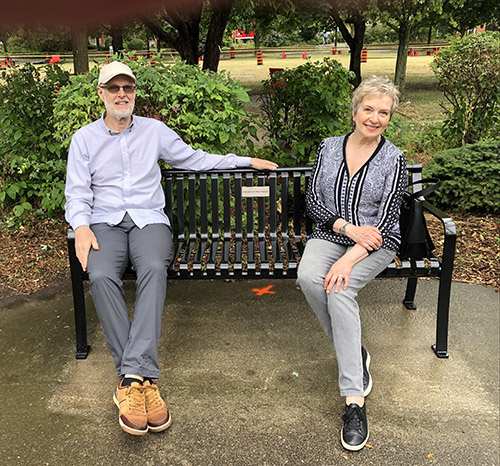
Faculty of Environmental & Urban Change Professor L. Anders Sandberg has taken an unusual step to install a commemorative bench on York University's Keele Campus as a way to highlight the important role of citizen-taxpayers in society.

Sandberg says he was inspired to sponsor a bench that is situated on the Harry W. Arthurs Common at the Keele Campus because of “the lack of recognition and celebration of citizens who are pleased to pay their taxes, some even prepared to pay higher taxes, in order to support the social infrastructure that serves the collective and makes life more decent for everybody.”
That infrastructure, says Sandberg, includes universities.
“It is about time that we begin to celebrate hard-fought collective values and institutions that are supported by taxes. Why not celebrate welfare state and public institutions like the daycare, the school, the university, the art gallery, the water fountain, the park and the hospital as a sacred heritage that needs to be supported and maintained for both prosperity and posterity?” says Sandberg.
“Far too often taxpayers are played for fools for paying too high taxes while the wealthy folks who evade them are celebrated and then courted for charitable donations to make up for the shortfalls in government funds. In return, they get tax receipts, the royal treatment and name recognition.”
The inscription Sandberg selected for the plaque mounted on the citizen-taxpayer bench is inspired by Shirley Tillotson’s book, Give and Take: The Citizen-Taxpayer and the Rise of Canadian Democracy (UBC Press 2019). Sandberg explains that he selected the inscription from the book because Tillotson argues that citizens and taxpayers are often seen as opposing concepts. “Citizens are socially minded and speak up for the collective. Taxpayers, by contrast, are seen as selfish individualists who strive to minimize their tax payments as much as possible,” he says. “But Tillotson shows that the picture is more complex. In the 19th century, citizenship was often associated with taxation, where property owners who paid taxes felt they should have a weightier political voice than the non-propertied. In the 20th century, particularly since the onset of the post-war welfare state, citizen taxpayers became involved in promoting ‘tough conversations about how to define and pay for our collective life.’”

The citizen-taxpayer bench at the common, says Sandberg, represents a modest gesture toward the celebration of citizen taxpayers all over the world. “They should be given their due. They are the ones who sustain society, and they deserve to be honoured and celebrated for their efforts,” he says, “now they also have a commemorative bench with a plaque.”
He notes that after he told Tillotson about the installation of the bench, she responded with “It’s great to see the contribution of the citizen-taxpayer celebrated in a public space, where we usually see the name of a donor!”
